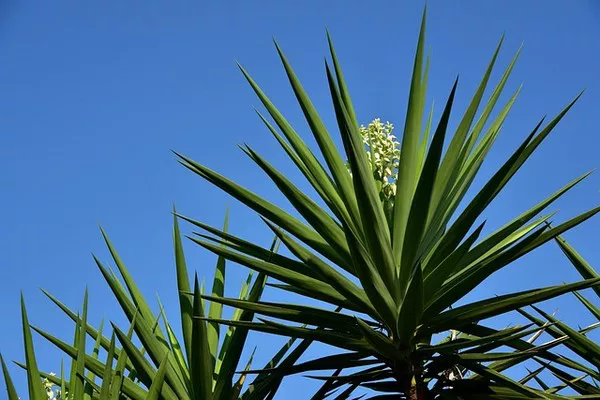Functional agrobiodiversity is a vital component of resilient cropping systems, but experts emphasize the importance of choosing the appropriate flower mixture to achieve desired results.
Functional agrobiodiversity aims to bolster the natural capacity to control diseases and pests in crops by promoting biodiversity, often through the use of flowering field edges. However, it is crucial to note that not all flower mixtures available in the market are equally effective, as highlighted during an inspiration day for pilot leaders of the national LTO program ‘Resilience in Practice.’
Felix Wäckers, Director of Research & Development at Biobest, underscored the significance of selecting the right mixture. While numerous studies have explored the impact of flower mixtures on agriculture and horticulture, including functional agrobiodiversity, the results have been mixed. Some studies have demonstrated its efficacy, while others have not, primarily due to the use of inappropriate mixtures. Hence, the choice of the correct flower mixture is paramount.
The effectiveness of functional agrobiodiversity is exemplified by a multi-year project focused on field margins in the Hoeksche Waard, according to Wäckers. This project has served as a model at the European level and has been replicated in Belgium, Germany, and England, primarily in arable farming, vegetable, and fruit cultivation. Nectar and pollen play a crucial role in attracting beneficial insects for biological pest control. The addition of nectar flowers alone can significantly impact pest control efforts.
Sugar beet growers initially faced challenges controlling aphids following the removal of neonicotinoids. However, the implementation of functional agrobiodiversity has enabled adequate aphid control, with the potential for yield increases of 10-20%.
Over the past five years, flowering field edges in the Hoeksche Waard have been closely monitored. Researcher Paul van Rijn from the University of Amsterdam (UvA) collaborated with Wäckers on this initiative. The monitoring assessed the presence of natural enemies such as ladybirds, lacewings, and hoverflies in both natural vegetation and sown field edges. Often, chemical aphid control is unnecessary due to the presence of natural enemies.
Various methods, including leaf inspection and the placement of yellow or sticky traps in the crop, can be used to monitor natural enemies. The careful monitoring of natural enemies can lead to a reduction in insecticide use, as observed in research conducted on consumer potato crops. For instance, the abundance of hoverflies is strongly correlated with the presence of functional flowers in the field margin.
The LTO program comprises 13 pilots across different agriculture and horticulture sectors, with support from the Ministry of Agriculture, Nature, and Food Quality. The program’s ambition is to make crops ‘resilient and virtually emission-free’ by 2030, with innovation circles in arboriculture actively contributing to this goal.


